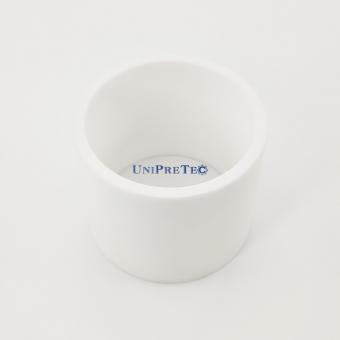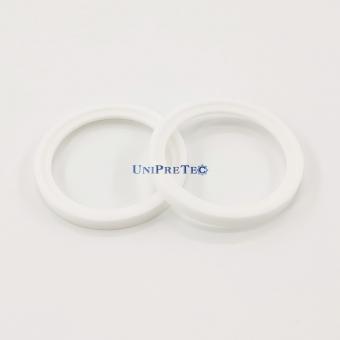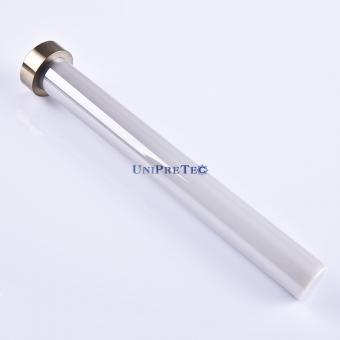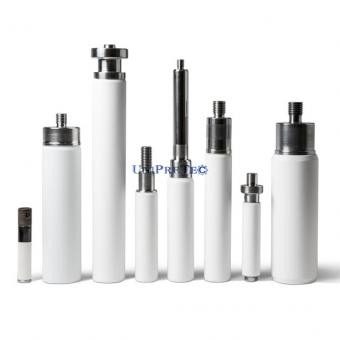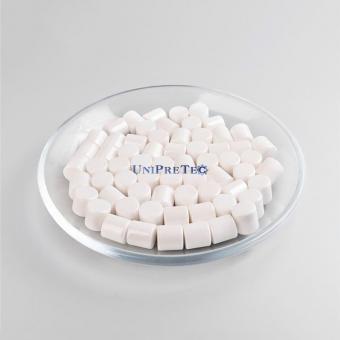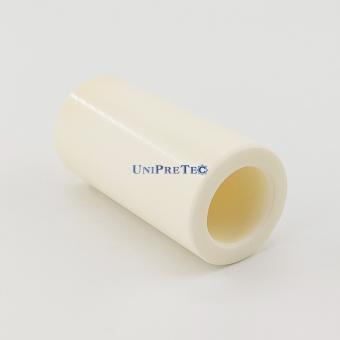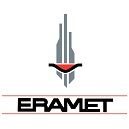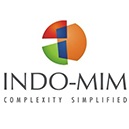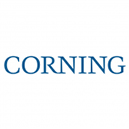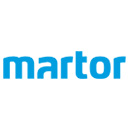Alumina ceramics is a ceramic product composed of α-Al2O3 as the main crystal, and its Al2O3 content is generally above 75%. People usually classify them according to the content of Al2O3 in the ingredients. Among them: the content of Al2O3 is about 75% is "75 alumina". Because the sintering temperature of Al2O3 is lower, the cost of 75 alumina is lower than other alumina ceramics, but because its performance is not obvious compared to that, and it is basically no longer used.
Al2O3 content of about 85% is "85 alumina". In the process of manufacturing 85 alumina, powders such as talc are often added to the ingredients to improve the mechanical strength and electrical properties of ceramic products. 85 porcelain is often used to make electrical vacuum devices. The Al2O3 content of about 95% is "95 alumina", which is mainly used as corrosion-resistant and wear-resistant parts. The Al2O3 content is about 99% as "99 alumina". 99 alumina has excellent properties of high temperature resistance, wear resistance, and corrosion resistance. It can be used to make special refractory devices and special wear resistance devices, such as ceramic bearings, ceramic furnace tubes, and ceramic crucibles. The content of Al2O3 above 99.9% is "high-purity alumina ceramic". The sintering temperature of this ceramic is as high as 1650 degree C and above, and it is transparent. It can be used to make devices such as sodium lamps; it can also be used to make basic electronic industry devices such as integrated circuit substrates and high-frequency insulating materials.
1. Raw material preparation
Alumina is very rich in the earth's crust, with an average content of 15.34% in rocks, which is the second only oxide in nature to SiO2. There are two main types of alumina used in the ceramic industry, namely industrial alumina and fused corundum.
Industrial alumina is generally made of natural minerals bauxite, bauxite and kaolin with high aluminum content. It is treated by alkaline method, mostly by chemical methods such as Bayer method, to remove impurities such as silicon, iron, and titanium to prepare hydroxide aluminum, then calcined and prepared. Industrial alumina is a white loose crystalline powder with an average particle size ranging from 40 to 70 μm and a porosity of about 30%.
Fused corundum is a crystal produced by melting industrial alumina or aluminum-rich raw materials in an electric arc furnace, slowly cooling, and crystallizing. The content of Al2O3 can reach more than 99%, and the content of Na2O can be reduced to 0.1% to 0.3%. The mineral composition of fused corundum is mainly α-Al2O3, which is a trigonal columnar crystal. In the crystal structure, oxygen ions form the most densely packed hexagon, and aluminum ions are in the center of an octahedron surrounded by 6 oxygen ions, it is the most stable crystal form among various forms of alumina. Because α-Al2O3 has excellent characteristics such as high melting point, high hardness, chemical corrosion resistance, and good dielectric properties, the alumina ceramic material prepared with α-Al2O3 as the raw material has excellent mechanical properties, high temperature properties, dielectric properties and chemical corrosion resistance.
Different alumina ceramic products and different molding processes have different requirements for alumina powder. If high-purity alumina ceramic products are manufactured, the purity of alumina powder must be above 99.99%, and it needs to be ultra-fine. If the injection molding process and extrusion molding process are used, the alumina powder needs to be mixed with a binder and a plasticizer to facilitate the molding operation. If semi-automatic or fully automatic dry pressing is used, the powder needs to be processed by spray granulation to make the powder in a spherical shape to improve the fluidity of the powder and facilitate automatic filling and molding.
2. Forming
The molding of alumina ceramics is the process of making alumina raw materials into ceramic bodies. There are many molding methods, including grouting, injection, dry pressing, extrusion, cold isostatic pressing, hot pressing and hot isostatic pressing. Products with different shapes, sizes and precisions require different molding methods. Among them, grouting is the earliest method used. Because this method mainly uses plaster molds as molds for slurry casting, the use of this method to manufacture alumina ceramics has low cost, and can produce products with complex shapes and larger sizes. The key to the grouting technology is to prepare the slurry. Generally, water is used to dissolve the alumina powder, and an appropriate amount of debonding agent and binder are added to fully grind and exhaust the mixed slurry, and finally inject into the plaster mold . Since the capillary of the plaster mold will absorb the moisture in the slurry, the slurry will slowly solidify and form in the mold. In order to reduce the shrinkage of the green body, a high-concentration slurry should be prepared and used.
Dry pressing technology can realize the standardization and mass production of alumina ceramics, which provides a production basis for the marketization of alumina ceramics. However, the dry pressing technology can only produce standard parts with simple shapes, and the product specifications are limited, that is, the thickness of the inner wall should exceed 1mm, and the ratio of length to diameter is less than 4:1. In the dry pressing process, the uniform distribution of powder particles and the accuracy of the filling amount during the mold filling have a great influence on the quality, size, accuracy and other properties of alumina ceramic products. Through practice, the best molding effect can be achieved when the alumina powder particles are between 60-200μm.
3. Sintering
Sintering is a technique for densifying the ceramic body at high temperature and finally forming a solid material. The most widely used device on the market today is an electric furnace. There are three common sintering methods: atmospheric sintering, hot pressing sintering and hot isostatic pressing sintering. Among them: hot pressing sintering can be continuously produced, which improves the efficiency and output of alumina ceramic production, but the purchase cost and mold cost of hot pressing equipment are higher than other methods, and the economic benefits are not good. Secondly, hot pressing sintering needs to limit the size of ceramic products. Hot isostatic pressing sintering is a method that uses high temperature and high pressure gas to compress and densify the ceramic body. This method has the advantages of uniform force and heat, and is very suitable for forming products with complex shapes. The performance of ceramic materials fired by this method is improved by more than 30% than that of cold-pressed sintered products, and more than 10% than that of general hot-pressed sintered products. Therefore, some high value-added products and special parts adopt hot isostatic pressure firing method, such as ceramic bearings, nuclear fuel and gun barrels.
4 Finishing and packaging process
Some alumina ceramic materials require further finishing after sintering, such as polishing or coating the surface of the product to enhance its smoothness and mechanical strength. After processing or finishing, it is generally packaged in plastic containers.
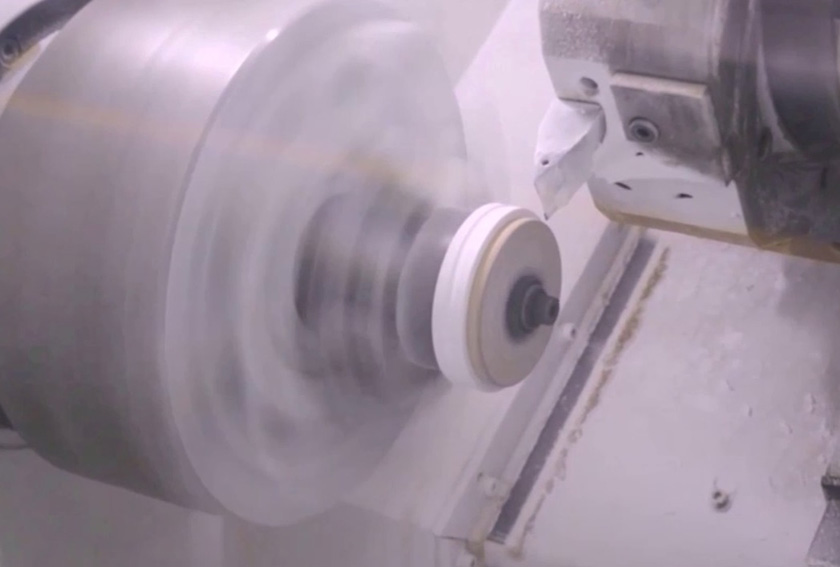
Alumina ceramics have stable physical and chemical properties and very excellent electro-mechanical properties. With the development of science and technology and the improvement of manufacturing levels, various high-performance alumina ceramics new materials and new products will continue to emerge, but there are still many indicators need to be improved, there are many features waiting for everyone to research and develop together. At the same time, the research, development and application of new alumina ceramic materials will be an important branch of the future development of materials science.







